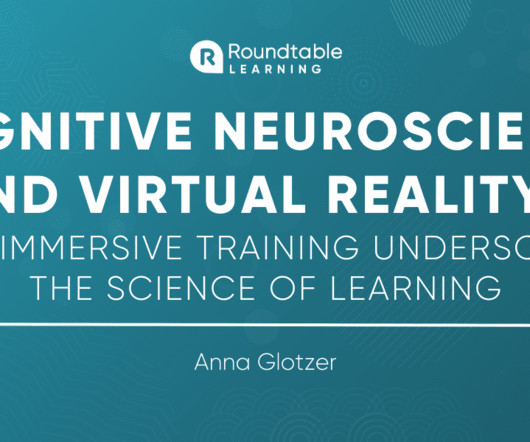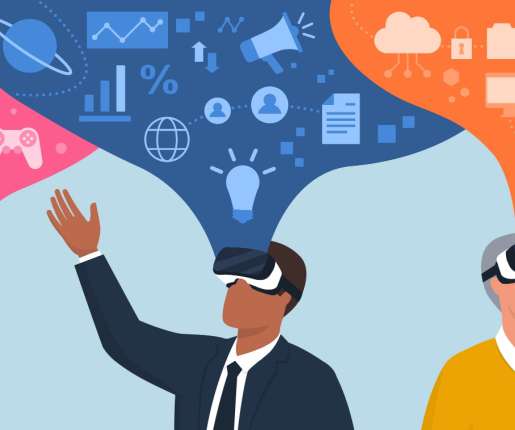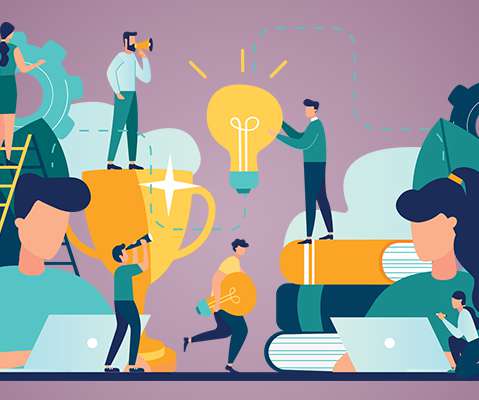Cognitive Neuroscience and Virtual Reality: How Immersive Training Underscores the Science of Learning
Roundtable Learning
APRIL 21, 2023
As you jump, your brain does something incredible. This is just one example of how VR safety training programs activate the brain through sensory-rich experiential learning. Science is a dependable tool to help us better understand our motivations, correct our behaviors, and improve our learning outcomes. Plot twist!



























Let's personalize your content